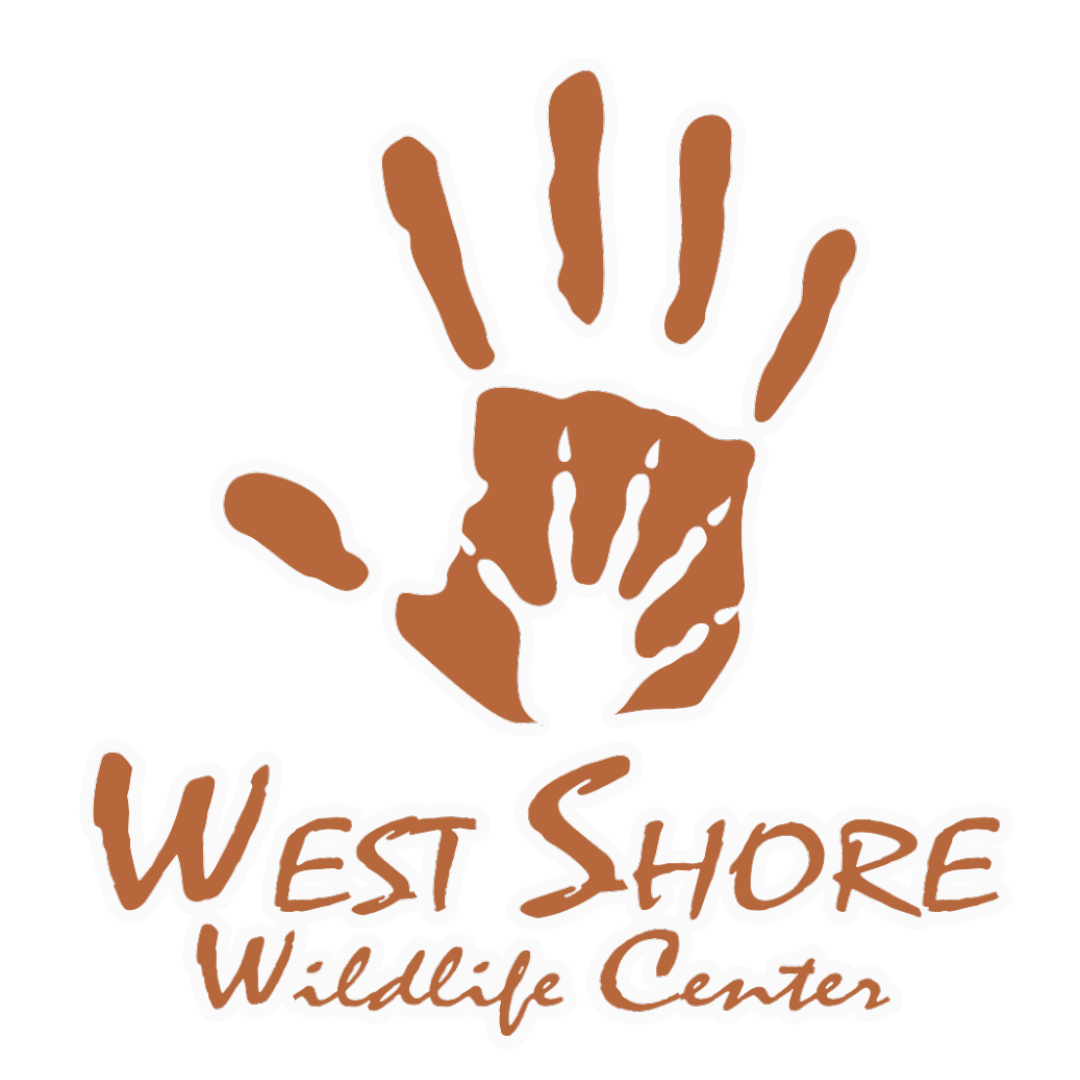
Help! I Found a Waterfowl!
Ducks, geese and swans are called waterfowl, and they are common visitors to local parks and backyard ponds and pools. Increased conflicts with people and litter are risks to both young and adult waterfowl. Despite these challenges, many species have adapted to living among us.
Remember: It is illegal to keep and raise wildlife
Myth: Ducks, geese and swans will abandon their babies because you touched them!
If You Find a Duck or Goose That:
Still has down feathers and is alone
Can be easily caught or it approaches people without encouragement (such as food)
Is trapped in a pool/sewer grate/storm drain
Is visibly injured or has foreign debris on their feathers (i.e. oil or glue)
This is an emergency. Receive immediate support here or contact your local wildlife rehabilitator.
If You Find Duck or Goose That:
Is a juvenile with mostly adult feathers and coloration with no parents nearby
Is a juvenile that cannot fly
Is in a busy area but is with at least one parent
This is a normal! You only need to contact a wildlife rehabilitator if you suspect the bird is sick or injured. For more solutions to common problems with waterfowl in human spaces, visit this page.
For nearly all species, fluffy baby waterfowl should be with at least one parent at all times. If you find babies alone, place them in a box and check the area for a parent. Different species will require different techniques to be reunited with their babies. Call a rehabilitator for help if needed.
Most waterfowl learn to swim shortly after hatching. If a baby is sick or injured, it may have a hard time keeping up with its family and need medical attention.
Wild waterfowl are very different than pet or farm birds. Food purchased at farm stores can cause serious issues for wild ducklings. Plus, becoming too friendly with people may be deadly. Contact a rehabilitator right away if you find an orphaned baby waterfowl.
How To Save Baby and Juvenile Waterfowl
Many waterfowl species in Pennsylvania will migrate south to warmer climates during the winter, returning in spring to breed. Both male and female swans and geese will care for their young. However, in most species of ducks, care is done solely by the female. Waterfowl usually lay a large number of eggs, up to 12 for swans and geese and up to 18 for some ducks. Baby geese (goslings), ducks (ducklings) and swans (cygnets) are born with down feathers, open eyes and can self feed. But they stay with their parents for protection until they are older.
How To Save Adult Waterfowl
Adult waterfowl, especially geese, are commonly known to nest in backyards, parking lots, center divides and other man-made structures. These areas are usually open spaces that provide the parents with a 360-degree view of any potential predators.
Nests already containing eggs cannot be moved as they are federally protected by the Migratory Birds Conservation Act.
Eggs will generally hatch in less than a month and once hatched, the parents will move their young away from the nesting site. If there is a conflict with adult geese defending their babies because they perceive humans as predators, a temporary visual barrier (such as snow fencing) can be erected on one side of the nest to help prevent this behavior.
Adult waterfowl that are visibly injured or have foreign debris on their feathers (i.e. oil or glue) are in need of immediate help. This is an emergency. Receive immediate support here or contact your local wildlife rehabilitator. For more solutions to common problems with waterfowl in human spaces, visit this page.
Do you still have questions after reading the information above? Contact us or a local wildlife rehabilitator!
Have you found this FREE information helpful? Help support our work and expand our services by giving a gift.
Resources
Answering the Call of the Wild by Erin Luther. Toronto Wildlife Centre



